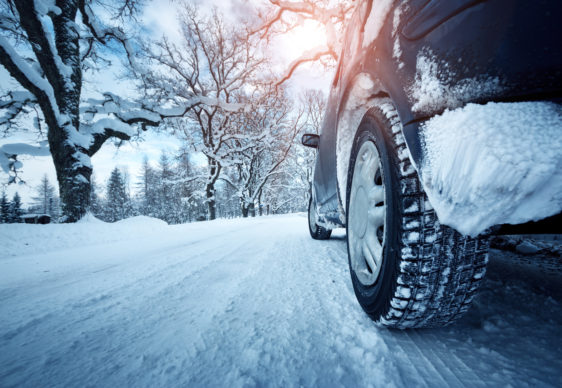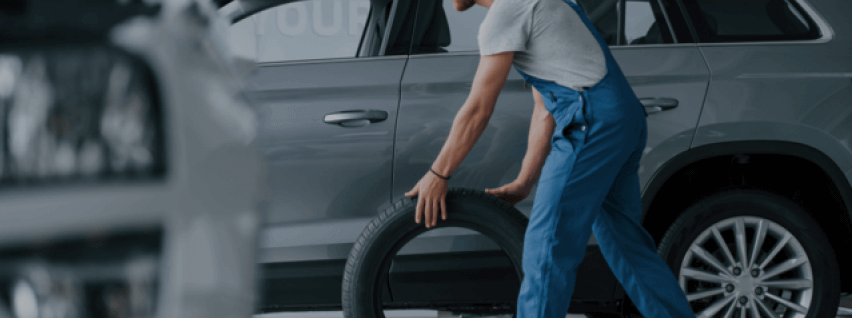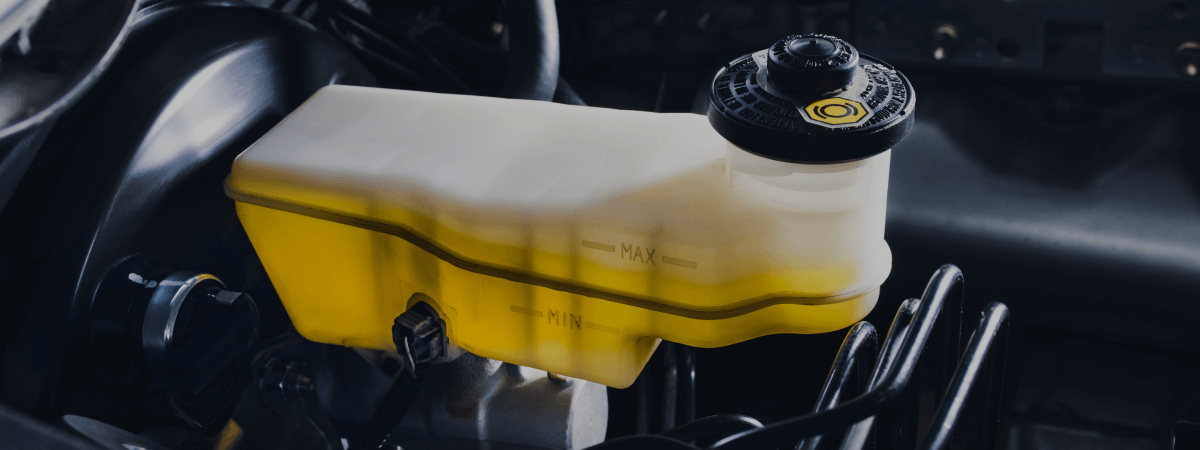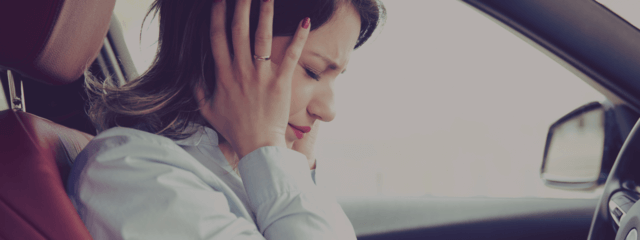
Did you know it’s not road salt itself that damages your car? It’s when the salt makes contact with exposed metal that you run into problems.
While road salt is making winter driving a little safer, it can have negative effects on your car. The salt creates a chemical reaction when it comes into contact with any exposed metal, typically on your car’s undercarriage. As a leader in Utah oil changes and car repair, we’ve seen firsthand the damage this oft-neglected area of the car sustains.
How Long Does it Take for Salt to Damage My Car?
Luckily, the effects of road salt don’t happen overnight; it’s a gradual process. Additionally, painted parts of your car stay protected longer, as the process of eating through coating, e-coating and primer takes even longer.
It can take years for exposed metal to begin to rust as a result of road salt build-up. With regular maintenance, your car can withstand the potential effects of road salt even longer.
Is Snow Bad for My Car?
By itself, snow shouldn’t be harmful to your car. The only reason you may think there’s a correlation is because when snow melts it becomes water. That water runoff can combine with road salt and oxygen to create ideal conditions for rust. However, if you live in an area where road salt isn’t used (maybe sand or studded tires are an option instead), snow is less likely to speed up the rust process.
Of course, there are precautions to take when it comes to snow and your car.
How to Protect Your Car From Snow and Salt
Did you know that many municipalities are using a salt brine treatment to prevent ice from accumulating on roads? This is done to reduce ice build-up and is sometimes done in place of traditional road salt or sanding. This solution can be even more harmful to your car. So how can you protect your car from snow and salt?
Prepare Your Car in Autumn
Before the temperatures start to freeze and road salt even hits the ground, there are a few things you can do to protect your car. Good preparation is often less expensive and easier than the follow-up auto repair caused by winter damage.
- Get all paint chips and/or rust spots fixed. This will reduce exposed metal, giving road salt fewer places to land and start the corrosion process. Doing this as frequently as you get your tire alignment checked, which is recommended once a year, should offer enough protection to your car during the winter.
- Waxing your car’s paint is a great way to add another protective layer to it in any weather. While your car’s painted exterior isn’t as susceptible to rust as unpainted metal is, there is still exposure to water, road salt and other elements. It will take longer for any corrosive materials to get through a layer of wax, then the paint and the primer, thus protecting the metal underneath.
Winter Car Care
When the cold weather sets in, make the following part of your car care habits:
- Regular car washes in the winter can help protect exposed metal, as well as painted parts of your car. You can prevent damage before it even happens with a weekly car wash to rinse away any road salt, salt brine or other chemicals used to reduce ice. You’ll want to focus on a wash that cleans the undercarriage of your car, as it is the most vulnerable part. If you do live in an area that utilizes chemicals or road salt, removing snow before parking in a warm garage can decrease the likelihood of the chemical reaction that causes rust. Making a car wash part of your regular winter car care can be just as important as routine oil changes.
- Don’t let your windshield wipers freeze to your windows in winter. And if that does happen, don’t force them free simply by turning them on. We always recommend properly defrosting your windows for safer driving, and to increase the lifespan of your windshield wipers. To keep them from freezing to the glass, you could simply lift them at night when you park your car. Another option is to cover your wiper blades individually or put a cover over your windshield. This will save you time scraping ice off your windshield, and/or defrosting the interior.
This winter maintenance tips don’t have to be overwhelming. And, as we said, doing a little bit of preventative work can save you a lot of hassle and money in the long run. We’re more than just your Utah oil change and brake experts; we want what’s best for your car as a whole.
Related Posts
Key Takeaways On average, passenger vehicle tires last 40,000 to 60,000 miles, depending on type, driving habits, and maintenance. Replace tires when tread depth reaches 2/32”, if damaged, or older than 10 years. Regular rotation, alignment, and proper inflation extend tire life. Aggressive driving, poor roads, and harsh weather shorten tire lifespan. Take advantage [...]
When you think about car maintenance, you probably focus on oil changes, tire rotations, and maybe even brake pad replacement. But what about your brake fluid? If you’ve ever wondered, “What does brake fluid do?” or “Why is brake fluid important?”, you’re not alone. Brake fluid might not be the most talked-about part of [...]
Is that high-pitched squeal from your brakes driving you—and everyone else—crazy? Don’t ignore it. Squeaky brakes aren’t just annoying, they’re your car’s way of saying something needs attention. Whether you're cruising through Salt Lake City or winding up Idaho’s mountain passes, here’s what’s likely going on, how you can fix it, and when it [...]





